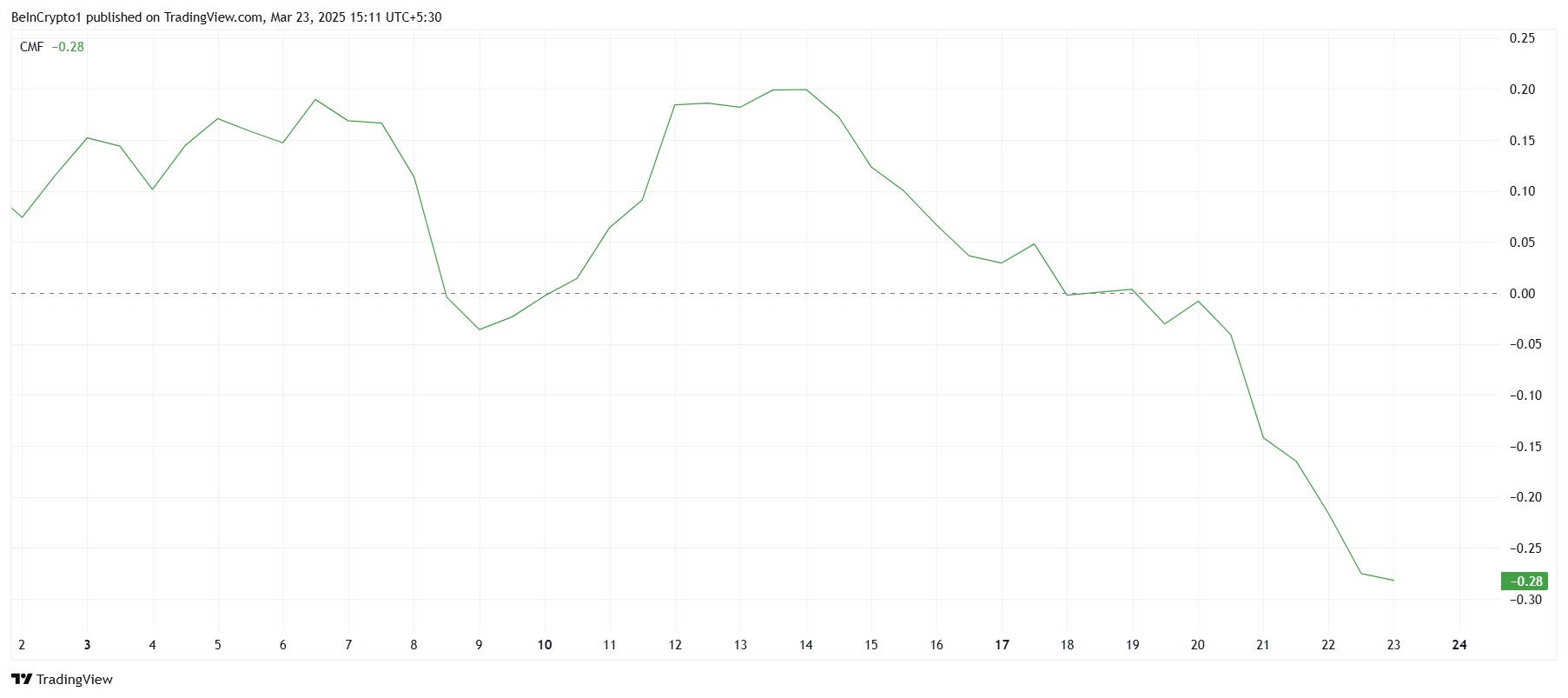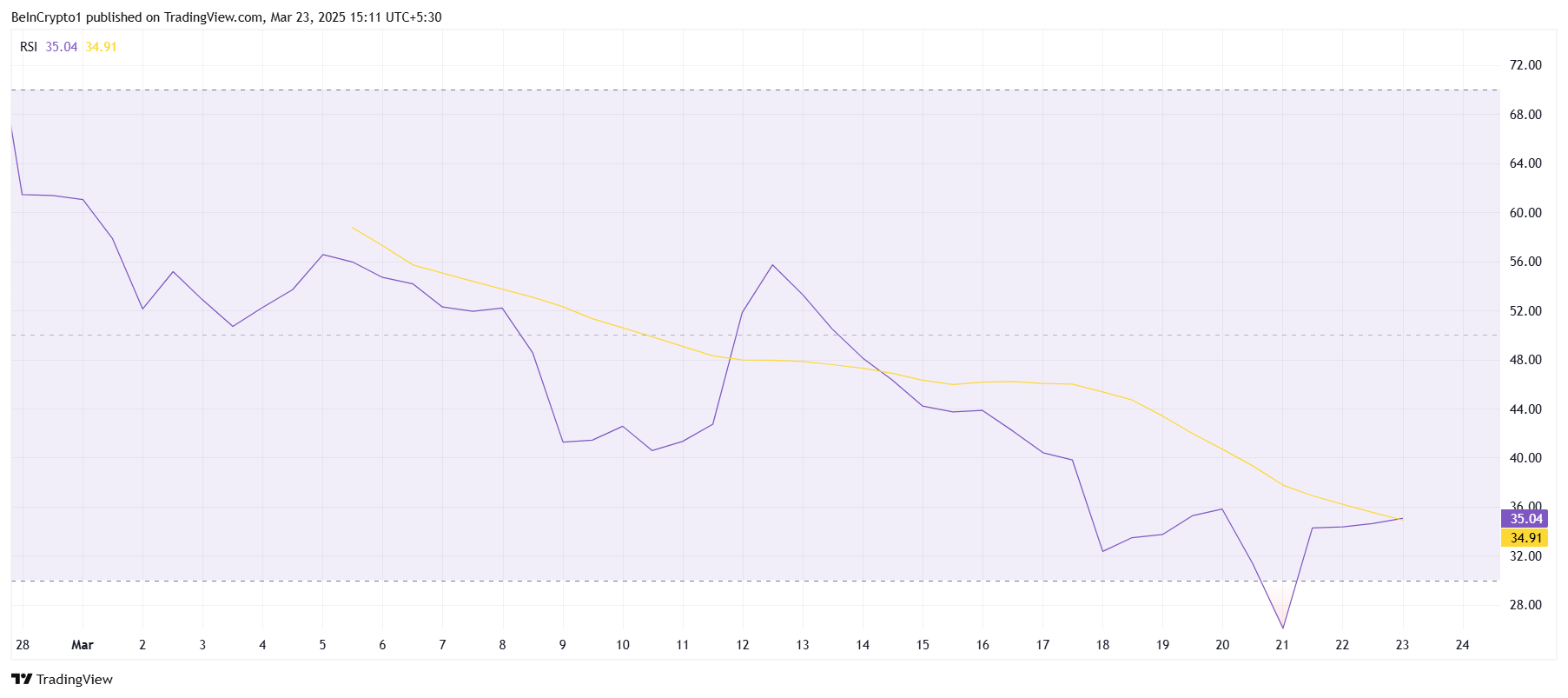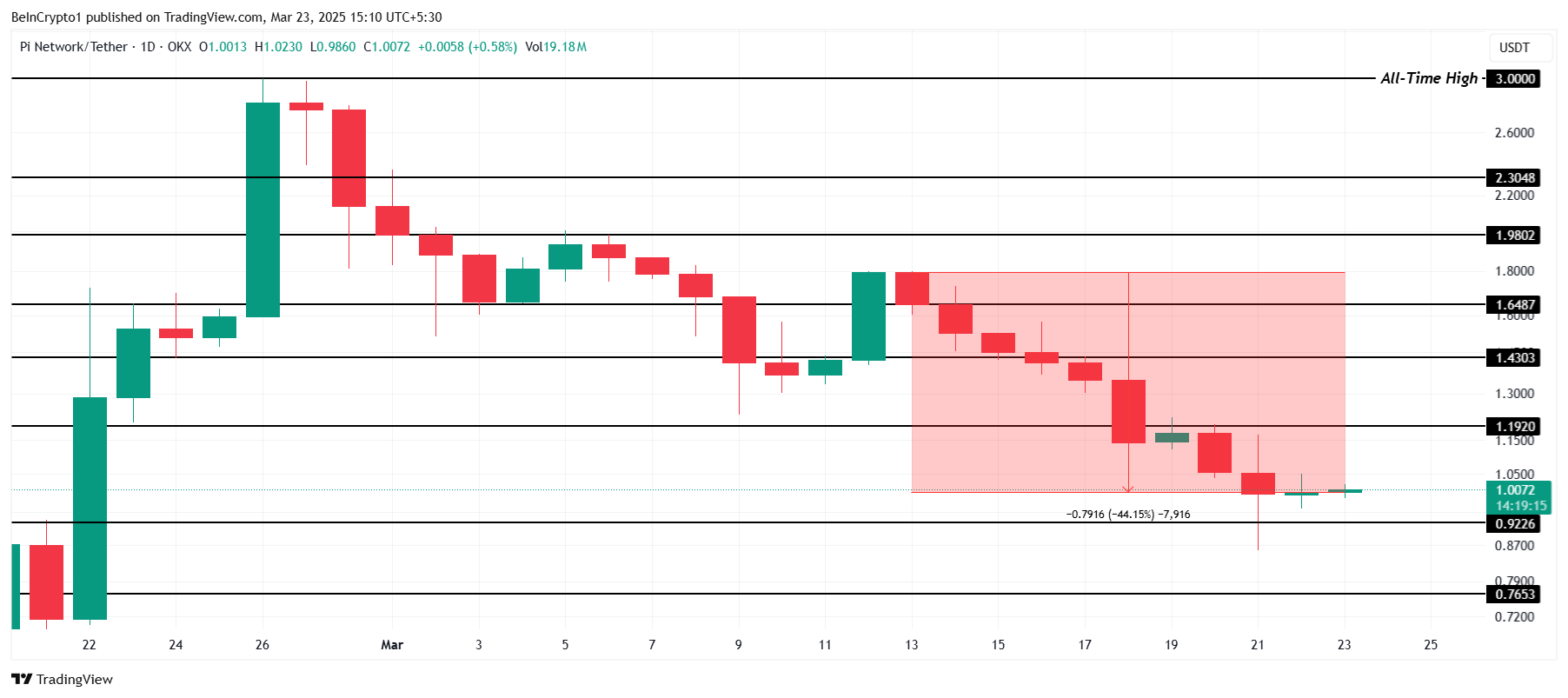
The famous liquid staking protocol in the Celestia ecosystem, MilkyWay, is all set to launch its native token and airdrop. Similar to any crypto airdrop, its aim is to reward the early supporters and contributors. More importantly, to gain the investors’ attention. Since the eligibility, allocation, and more details are out, investors are curious about the MILK token price at launch. Let’s discuss what to expect.
MilkyWay Airdrop Listing, Allocation & More Details
In recent PAWS airdrop listing has gained the most attention, as investors have been eyeing this dog-themed meme coin’s launch. Interestingly, similar hype is building at the MilkyWay airdrop, as the team announced to airdrop 100 million MILK tokens (10% of the total supply).
To show our gratitude and acknowledge your contribution, 10% of total MILK supply (100,000,000 MILK) to our milkers, community leaders and pioneers of our new endeavors, reads official announcement
This is among the biggest crypto airdrops of 2025, where mPoint holders (since December 2023), Moolitia NFT holders, and milkINIT testers or contributors are eligible. Another important thing to note is the minimum mPoints requirement, which is 500, and the users must have linked their EVM wallet.

Notably, they can access their allocated token directly on centralized exchanges or their personal wallet. The ones preferring CEX must opt in for that before April 26, 12 PM UTC. The team has recently revealed the MILK allocation stats, increasing the anticipation around the MILK token price.

What to Expect from the MILK Token Price?
The MilkyWay airdrop is not live yet, and there’s no significant announcement around the MILK token price. However, experts do anticipate the price to be between $0.1 and $0.7 in the optimistic scenario.
Considering the rest of the launches, including the ZORA token price, which was $0.037 at launch, signals a lower price. Investors must await further information on the allocation, circulating supply, and other key metrics to understand the potential MilkyWay token price better.
The post MilkyWay Airdrop Listing: Here’s What to Expect From MILK Token Price at Launch appeared first on CoinGape.







